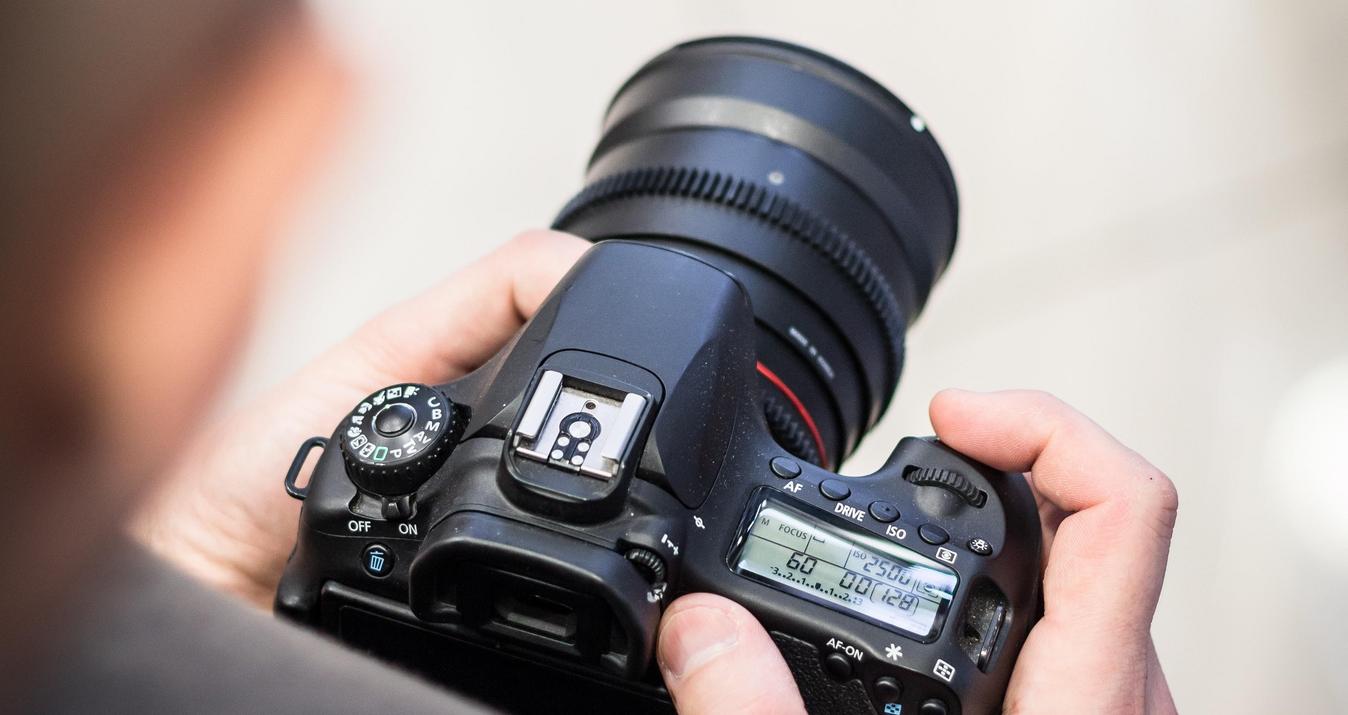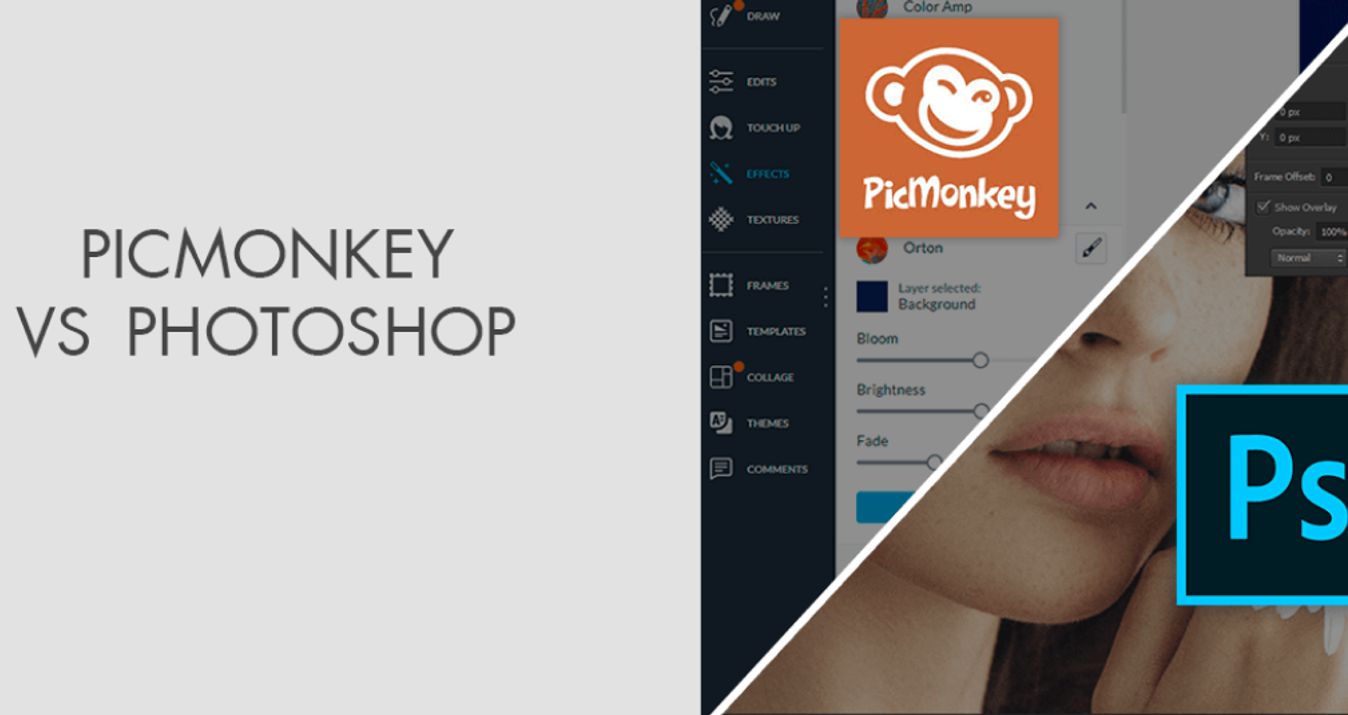What Is An EVF And How It Improves Photography Experience
October 08, 2025
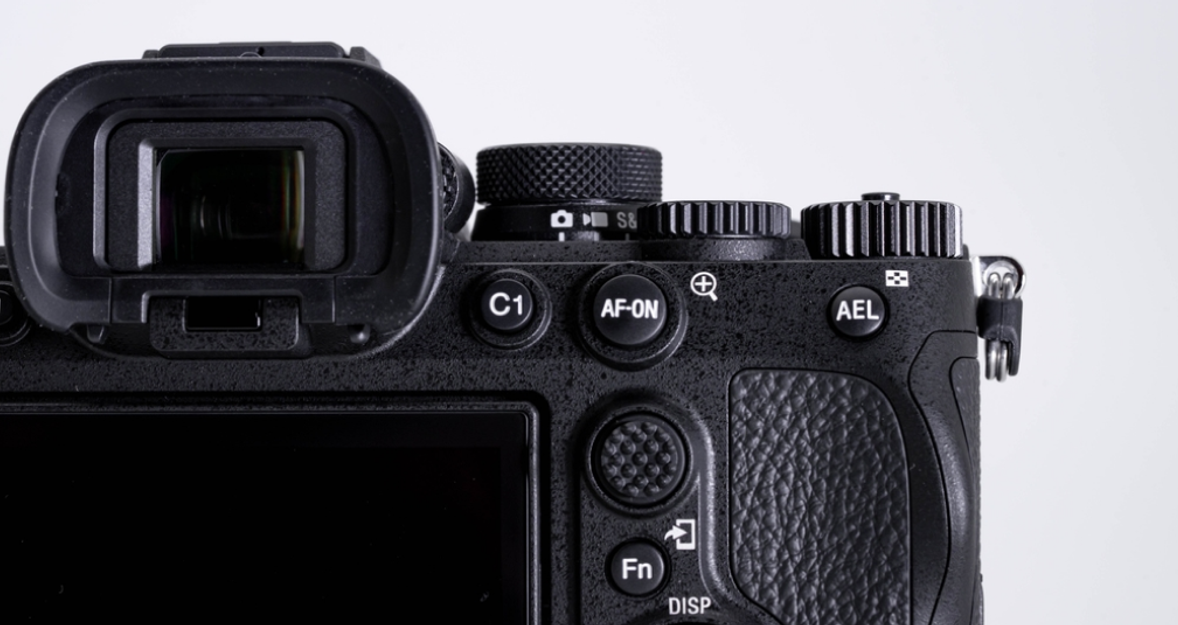
Ever wondered what is EVF in photography and why it’s changing how we shoot? Here’s the lowdown in simple, practical terms.
When you raise a camera to your eye, you stop merely seeing and start composing. For decades, that window was a pristine piece of glass, a direct, immediate view of the world; now, the Electronic Viewfinder (EVF) swaps the mirror and prism for a tiny, high-resolution screen. That change makes shooting far more intuitive and creative because what you see is what you get, every single time. I love that certainty. Honestly, I feel like my keeper rate has doubled since switching to an EVF system. It’s the key difference that separates modern mirrorless cameras from older DSLRs.
What Is an Electronic Viewfinder?
 Let’s cut right to the chase. When asking what does EVF stand for, the answer is straightforward: electronic viewfinder. It is a small, dedicated display screen, often an OLED or LCD panel, positioned where you traditionally look through the camera.
Let’s cut right to the chase. When asking what does EVF stand for, the answer is straightforward: electronic viewfinder. It is a small, dedicated display screen, often an OLED or LCD panel, positioned where you traditionally look through the camera.
Instead of reflecting light directly from the lens through a prism (the old way), the camera’s image sensor captures the scene, processes it instantly, and then displays that image on this tiny screen inside the EVF housing. This is the critical difference: the EVF shows you a photograph in progress, not just the raw scene.
Your AI-Powered Photo Editor for MacOS and Windows
Discover Now!Optical Viewfinder vs EVF
 For years, the optical viewfinder (OVF) was the gold standard. It provides a pure, unadulterated view of the scene, with zero lag and perfect clarity, because it’s a window. Light travels through the lens, hits a mirror, is redirected into a pentaprism or pentamirror, and then out to your eye. The biggest downside is that it doesn’t show you the actual exposure or white balance before you take the picture.
For years, the optical viewfinder (OVF) was the gold standard. It provides a pure, unadulterated view of the scene, with zero lag and perfect clarity, because it’s a window. Light travels through the lens, hits a mirror, is redirected into a pentaprism or pentamirror, and then out to your eye. The biggest downside is that it doesn’t show you the actual exposure or white balance before you take the picture.
On the other hand, the electronic viewfinder is a digital brain between the lens and your eye. I know some photographers still complain they miss the ’realness’ of an optical view. Still, honestly, the sheer practical benefit of seeing the finished image before the shutter clicks is a game-changer you can’t ignore. With an EVF, you’re getting a real-time preview of the brightness, the colors, and even your depth of field.
What you see through the eyepiece is essentially what the final file will be. This live preview is the single most compelling argument for switching. It eliminates so much guesswork and wasted shots that were common with DSLRs. For a clear overview of the history and function of viewfinders, it’s worth checking out what is a view finder.
Electronic Viewfinder Advantages
Switching from a DSLR to a mirrorless camera isn’t just a gear upgrade: the EVF changes how quickly and confidently you can shoot.
Advantage 1: Exposure and Color Preview
 Since an electronic viewfinder uses processed sensor data, you see your exposure settings in real time. If I’m shooting a sunset and underexposing to keep the highlights, the EVF shows me the dark, moody scene immediately. I don’t have to guess or rely on a small light meter indicator. If I set my white balance to ’Tungsten’ to cool down the look of an image, the EVF displays the cooler tones instantly.
Since an electronic viewfinder uses processed sensor data, you see your exposure settings in real time. If I’m shooting a sunset and underexposing to keep the highlights, the EVF shows me the dark, moody scene immediately. I don’t have to guess or rely on a small light meter indicator. If I set my white balance to ’Tungsten’ to cool down the look of an image, the EVF displays the cooler tones instantly.
No more guesswork: Before the electronic viewfinder, I’d often bracket shots or constantly check the rear LCD screen after every click to confirm my exposure, especially in tricky, high-contrast scenes. Now, I simply adjust the shutter speed, aperture, or ISO until the scene in the viewfinder looks exactly how I want the final picture to look.
Creative control: This immediate visual feedback encourages bolder creative choices. I can experiment with extreme underexposure or overexposure, knowing precisely what the result will be without taking my eye from the camera. It’s like having a live, dynamic histogram overlaid onto your subject. And if I later want to print or display these images in large formats, pairing that accuracy with a Photo Upscaler 4k tool ensures the fine details still hold up beautifully at bigger sizes.
Advantage 2: Advanced Compositional Tools
 The EVF isn’t just a simple screen; it’s a powerful computing display. This allows manufacturers to overlay incredibly useful information and tools directly into the frame you are composing. The OVF was limited to basic focus points and a minimal data display at the bottom.
The EVF isn’t just a simple screen; it’s a powerful computing display. This allows manufacturers to overlay incredibly useful information and tools directly into the frame you are composing. The OVF was limited to basic focus points and a minimal data display at the bottom.
EVFs offer a suite of sophisticated aids:
Focus peaking: The edges of objects in sharp focus are highlighted with a bright color (like red or blue). This is invaluable for manual focus, especially when using vintage lenses or achieving an incredibly shallow depth of field.
Focus magnification: With the touch of a button, the view in the electronic viewfinder can zoom in, sometimes up to 10x, allowing for critical, pixel-level focus confirmation before you shoot.
Live histogram: A real-time graph of the tonal distribution (shadows, midtones, highlights) can be placed in a corner of the EVF, ensuring I don’t clip my blacks or blow out my whites, which is crucial for maximizing dynamic range.
In fact, understanding the basic viewfinder photography definition makes it clear why these EVF overlays are such a leap forward. The technology doesn’t just help while shooting, it also makes post-processing much easier. Even the sharpest images can benefit from fine-tuning, and after capturing a shot, I sometimes run it through a Supersharp AI tool to enhance every detail. Having the EVF confirm focus and composition beforehand, however, saves a lot of time and frustration during editing.
Advantage 3: Night Vision and Low Light Shooting
 The point is that an OVF simply shows a dark scene darker. I see very little if I’m shooting the Milky Way through an OVF. However, the EVF can amplify the brightness. By displaying a highly processed, brightened signal, I can see stars, the edges of my subject, and my composition clearly, even in near-total darkness.
The point is that an OVF simply shows a dark scene darker. I see very little if I’m shooting the Milky Way through an OVF. However, the EVF can amplify the brightness. By displaying a highly processed, brightened signal, I can see stars, the edges of my subject, and my composition clearly, even in near-total darkness.
The live preview makes focusing in low light far easier than the frustrating, often failed attempts using an OVF’s limited autofocus. For example, if you are looking for equipment that performs well in dark environments for video, consider looking at the best vlogging camera options, as many of them leverage high-quality EVFs and sensors for superior low-light performance.
Potential Drawbacks: The EVF Isn’t Perfect
 The electronic viewfinder is a revolution, but it still has a few digital limitations that photographers need to be aware of:
The electronic viewfinder is a revolution, but it still has a few digital limitations that photographers need to be aware of:
Input lag: Since the EVF is essentially a mini-screen showing a video feed, there’s a slight delay (a few milliseconds) between the sensor seeing the scene and you seeing it. This is usually only an issue in fast action (like sports), where a split second can cause you to miss the perfect moment.
High battery drain: The EVF requires constant power for the sensor and the screen, meaning mirrorless cameras consume battery life much faster than older DSLRs. You’ll always need spare batteries.
Shooting blackout: During rapid continuous shooting, some older EVFs may still briefly black out or stutter. While newer cameras are rapidly eliminating this issue, it can interrupt your ability to perfectly track a moving subject.
Cameras With EVFs
The EVF is the signature feature of the mirrorless camera revolution. Almost every major manufacturer has invested heavily in this technology, and the speed and resolution of EVFs continue to improve yearly.
Here are a few examples of cameras that showcase the power and integration of the electronic viewfinder:
Sony Alpha a7R V: Known for having one of the highest resolution EVFs available today (a stunning 9.44 million dots). The clarity is so high that it nearly eliminates the “screen door” effect and brings joy to manual focusing.
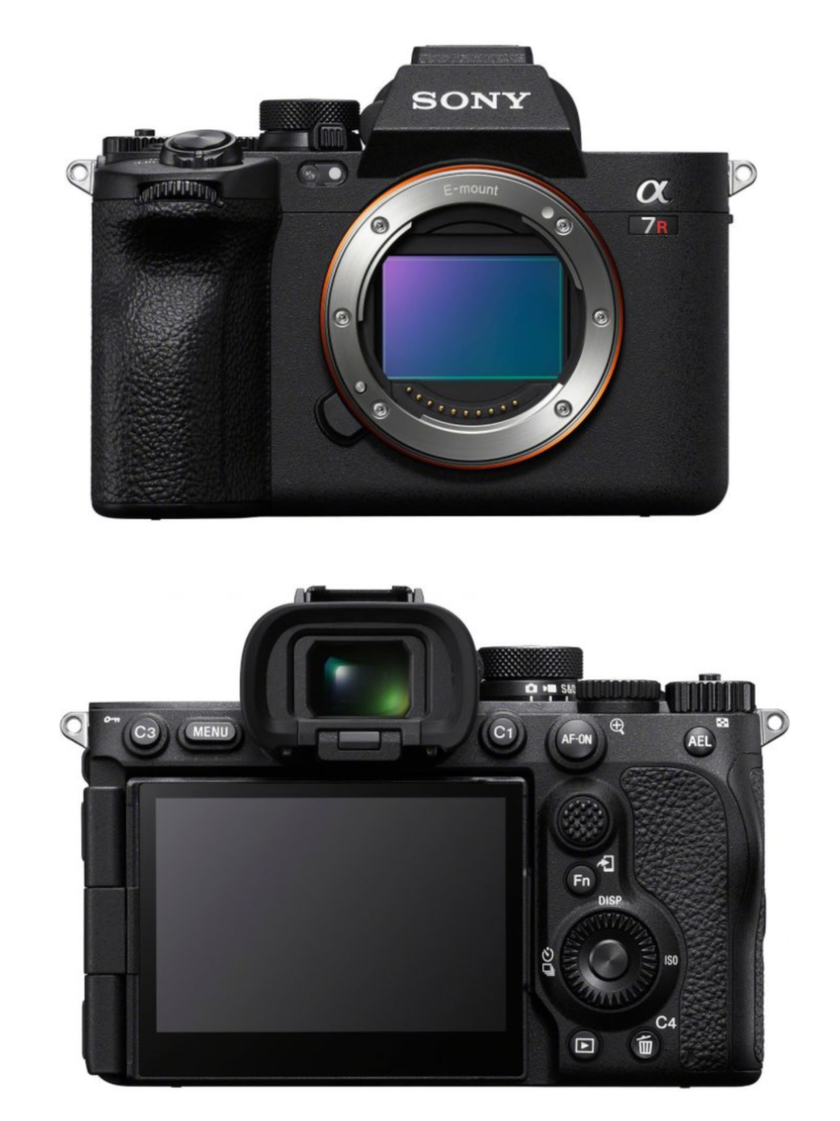
Fujifilm X-T5: Features a high-magnification EVF that mimics the comfortable, deep view of a classic film camera’s optical finder but includes all the modern live viewfinder benefits like film simulation preview and focus peaking.
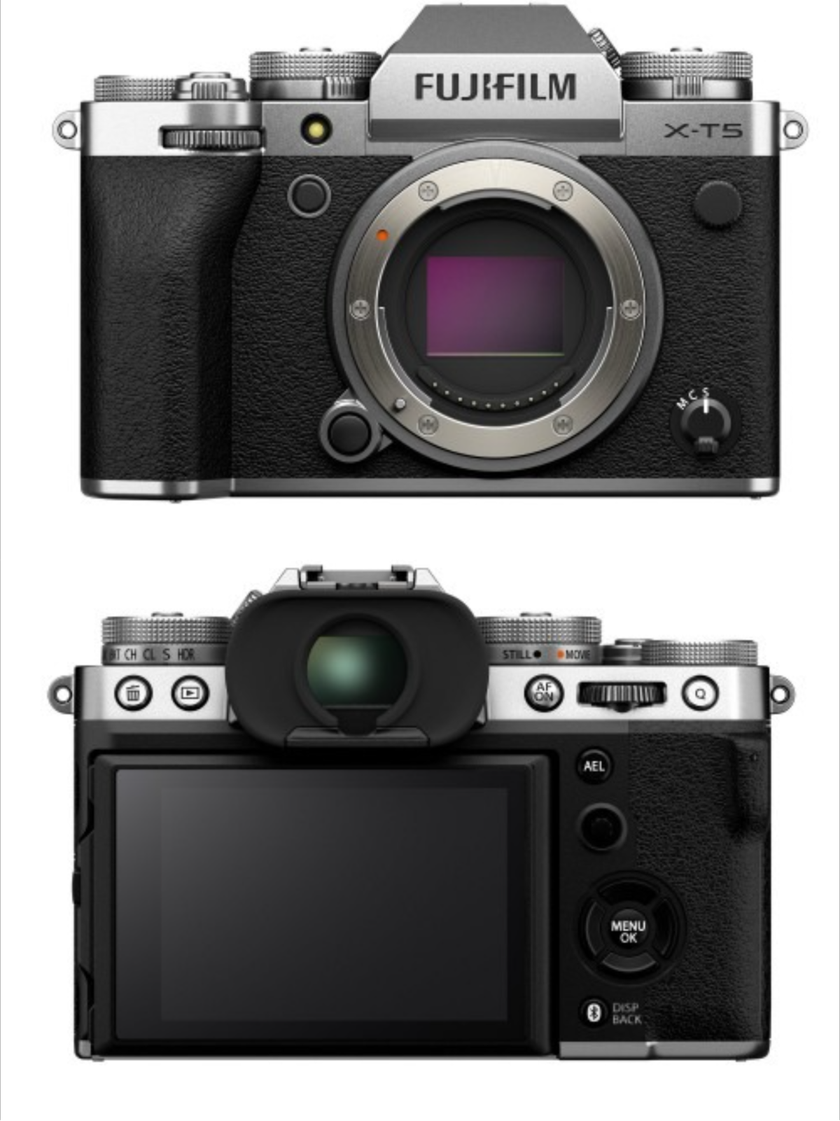
Canon EOS R6 Mark II: Offers a bright, fast EVF with a high refresh rate (up to 120fps), which significantly reduces the appearance of lag or blackout, making it feel almost as instantaneous as an OVF, particularly useful for fast action like sports photography.
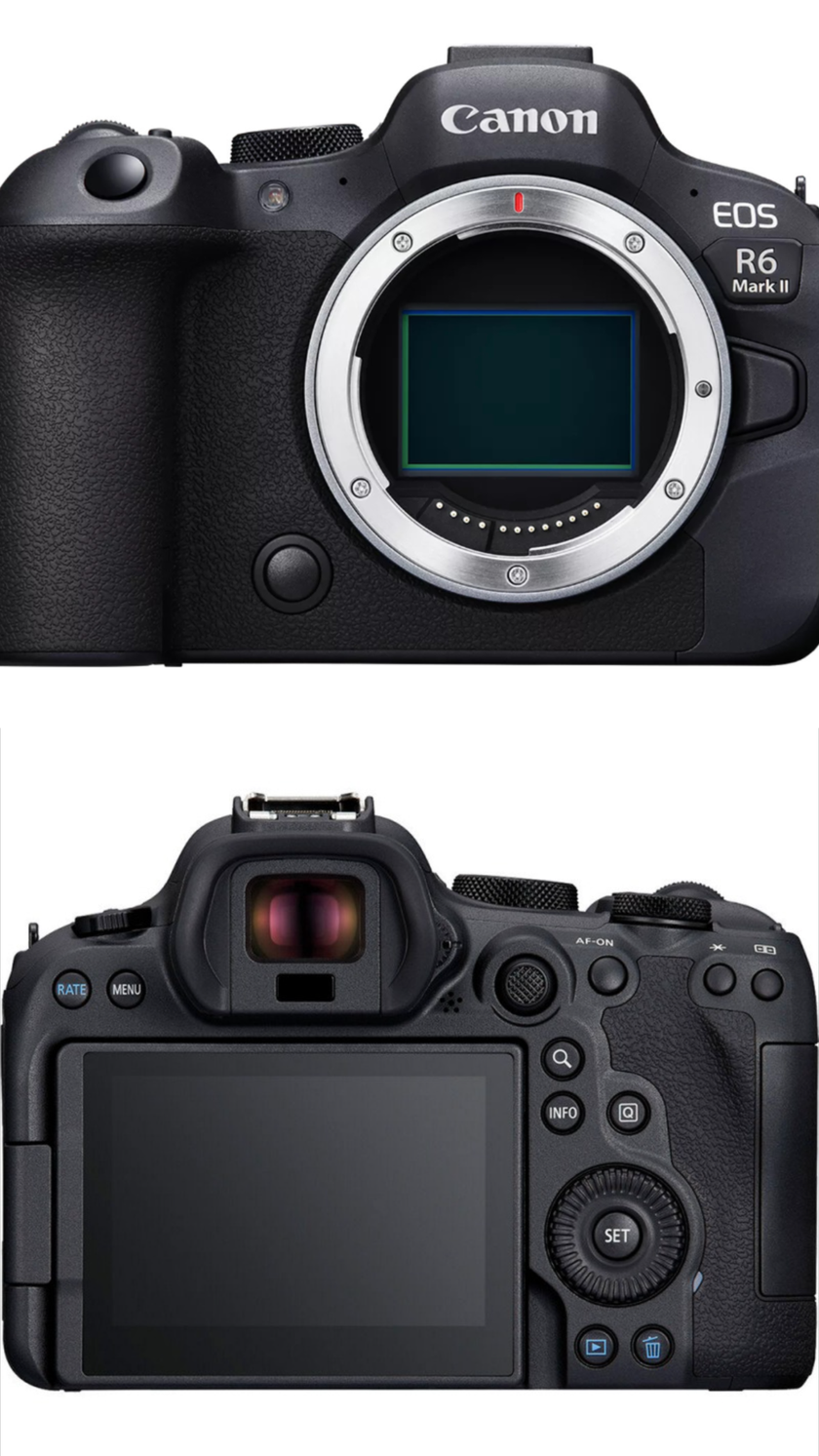
The quality of the EVF makes a huge difference in the shooting experience. A better EVF allows for better composition and a better final image. Once the picture is taken, modern photographers often rely on software to enhance their work. Sometimes a picture needs a stylistic change, and that’s when tools like an AI filter photo can give it a unique look.
Your Tool for Revealing Photo Structure Effortlessly
Discover!To Sum It Up
 The electronic viewfinder is more than just a component; it’s a real change in how you work with a camera. It strips away the guesswork of exposure, boosts focusing accuracy, and gives an honest, instant preview of what the final image will look like. Understanding the EVF camera meaning is understanding the core of modern mirrorless design: a system built for certainty, not guesswork.
The electronic viewfinder is more than just a component; it’s a real change in how you work with a camera. It strips away the guesswork of exposure, boosts focusing accuracy, and gives an honest, instant preview of what the final image will look like. Understanding the EVF camera meaning is understanding the core of modern mirrorless design: a system built for certainty, not guesswork.
For photographers transitioning to mirrorless, the EVF is the single most compelling reason to never look back at the old OVF system. It smooths the creative workflow, shrinks editing time, and, most importantly, frees you to pay attention to the scene, the light, and the moment we are trying to capture instead of fussing with technical settings. In short, it helps you make better choices behind the camera and, ultimately, better photographs, by letting us see our vision come to life before the shutter even clicks.





